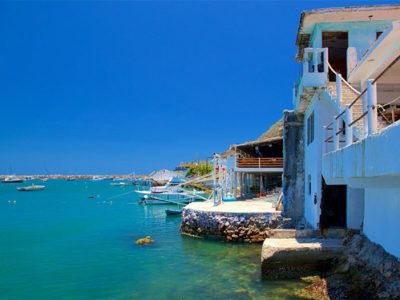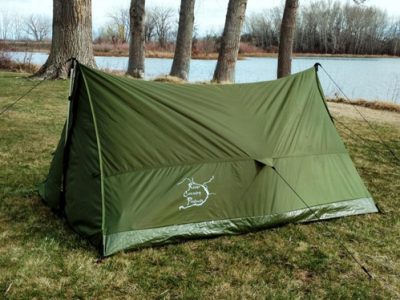Nautical charts are graphic representations of a sea area and neighbouring coastal regions. Charts come in various scales and consequently the information contained on a chart varies. The following information is normally included; depths of water and heights of land , navigational hazards, features of the seabed, locations of natural and man-made aids to navigation, information on tides and currents, local details of the earth’s magnetic field, and details of the coastline including harbours, bridges and buildings.
Nautical charts printed on paper require mariners to carry many charts to provide sufficient detail for the areas they might need to visit.
Electronic navigational charts, which use computer software and electronic databases to provide navigation information, can augment or in some cases replace paper charts, though many mariners carry paper charts as a backup in case the electronic charting system fails. Electronic charts are either Rastar (RNC) or Vector (ENC) charts.
A raster chart is a direct copy of an existing paper chart and looks identical to the original. When zooming in and out of a raster chart everything on the chart grows larger or smaller, including the text. When rotating a raster chart every thing on the chart rotates.
A vector chart is much more sophisticated. Made up of a series of points and lines, vector charts look computer generated. Details on the chart can be turned on and off. Objects on the chart can be clicked on to learn more details. Depths can be monitored to warn before running aground. When zooming in and out of a vector chart only the geographical features grow larger or smaller where text keeps its same size and orientation. Vector charts, however, lack most topographical features.
Nautical charts are produced from the results of hydrographic surveys. Data collected in the surveys soundings, shorelines, tides, currents, sea floor and submerged obstructions that relate to the previously mentioned activities. Surveying is laborious and time-consuming and data for many areas of the sea may be out dated and not reliable.
Hydrography has a long history. In 1683 the United Kingdom appointed Captain Grenville Collins as Hydrographer to the King. With the Royal Navy dominating the seas at that time hydrography became a worldwide pursuit.
The United Kingdom Hydrographic Office, part of the UKs Ministry of Defence, produces the world renowned Admiralty Charts. The Royal Navy maintains a number of survey vessels to continue hydrographic work today.
In France, the first official organization, the French Dépôt des Cartes, Plans, Journaux et Mémoires Relatifs à la Navigation, was formed in 1720. Today, the SHOM is the official French hydrographic office, it stands for ‘Service Hydrographique et Océanographique de la Marine’ and means Naval Hydrographic and Oceanographic Service.
Spanish charts are produced today by the Instituto Hidrográfico de la Marina, formed in 1943 and based in Cadiz. The roots of the IHM go back to the Casa de Contratación established in 1503, by the King and Queen of Spain. Its aim was to assist in the discovery, colonization and to develop commerce with the New World. The Casa de Contratación were responsible for the compilation of the first complete world charts.
In the USA surveys of territorial waters and the Exclusive Economic Zone (EEZ) are carried out by the National Oceanographic and Atmospheric Administration (NOAA).
Other countries producing their own nautical charts include; Australia, Brazil, Canada, Chile, Denmark, Germany, Greece, New Zealand, Norway and Sweden
There are also commercially published charts, some of which may carry additional information of particular interest, e.g. for yacht skippers. Imray is a notable name in this field.
Most charts are drawn to Mercators projection to represent the spherical world on a flat sheet of paper with all the meridian of longitude made parallel. To keep the same land shapes the paralles of latitude are increased in proportion. There are however some exceptions where gnomonic projection may be used. Gnomonic projection has converging straight meridians and curved parallels of latitude. It is used in polar regions, large oceans and small harbour plans.
Positions of places shown on the chart can be measured from the longitude and latitude scales on the borders of the chart, relative to a map datum such as WGS 84. Map datums allow corrections to be made to charts, needed because the earth is not a perfect sphere.
On nautical charts, the top of the chart is always true north, rather than magnetic north, towards which a magnetic compass points. Most charts include a compass rose depicting the variation between magnetic and true north.
The chart uses symbols to provide pilotage information about the nature and position of features useful to navigators, such as sea bed information, sea marks and landmarks. Some symbols describe the sea bed with information such as its depth, materials as well as possible hazards such as shipwrecks. Other symbols show the position and characteristics of buoys, lights, lighthouses, coastal and land features and structures that are useful for position fixing.
Colours distinguish between man-made features, dry land, sea bed that dries with the tide and seabed that is permanently underwater and indicate water depth.
Depths which have been measured are indicated by the numbers shown on the chart. Depths on charts published in most parts of the world use metres. Older charts, as well as those published by the NOAA, may use feet or fathoms. Depth contour lines show the shape of underwater relief. Coloured areas of the sea emphasise shallow water and dangerous underwater obstructions. Depths are measured from the chart datum, which is related to the local sea level. The chart datum varies according to the standard used by each National Hydrographic Office.In general, the move is towards using Lowest Astronomical Tide (LAT), the lowest tide predicted in the full tidal cycle, but in non-tidal areas and some tidal areas Mean Sea Level (MSL) is used. Heights are generally given using Highest Astronomical Tide (HAT) or Mean Sea Level.
Tidal races and other strong currents have special chart symbols. Tidal flow information may be shown on charts using tidal diamonds, indicating the speed and bearing of the tidal flow during each hour of the tidal cycle.
It is possible to obtain free nautical charts. Prominent providers include; BlooSee, Marine GeoGarage, OpenSeaMap.org, TeamSurv and OpenSeaMap. The NOAA is now offering nautical charts for free download for home printing for the entire US coast. Note, however, that these print-at-home charts will typically not offer the detail that “full size” NOAA charts do.










